Videos
Video shot by: Sam Wells
Music composed by: Kyo Nakanishi
Shot on location at The Japanese Garden
Special Thanks to: Michael VanHartingsveldt, Michael Fritzen
"Soot & Water"
When I first saw gyotaku prints adorning the walls and ceilings of tackles shops all over Japan, I fell in love with this obscure folk art that began when Japanese fishermen created a way to record and convey their catches by brushing black sumi ink, made from pine soot and water, onto the surface and then pressing a sheet of washi (Japanese paper) to create a fossil-like and timeless record.
With the support and encouragement by LACMA’s Michael VanHartingsveldt, Japanese cultural organizations and parks, donations from seafood wholesalers across the country, and the California Department of Fish and Wildlife, I’m able to continue this 200 year old tradition using the original materials while fine tuning my process so that I may bring back life to these underwater creatures that I love so much.
"Desecrated Salmon"
“I was pretty nervous and anxious about printing the fish due to all of its open wounds, exposed guts and excessive blood. But to convey what was taken from its lifeless body I was convinced that we had to do it from a bottom 3/4 perspective, which was a first for us in front of an audience”.
Gyotaku artist Dwight Hwang hosted an informative and moving event on Friday at the Patagonia Toronto store. The salmon used for the print, supplied by @thesoflycrew, was found discarded along a river after being caught by an unknown angler, gutted for her eggs and left behind to rot. Waterfront trails and parks can be littered with carcasses of dead salmon, caught by anglers who only desire the salmon roe to use as bait or to eat. Dwight’s print is used to raise awareness and funds to help put an end to the problem.
Video created by Long Truong @littlepotatofilms
"Nordic Halibut"
"Outdoor Chef Life"
YouTuber and friend Outdoor Chef Life catches his fourth salmon out on his kayak, but this time we’re waiting for him on shore to print it before he creates an incredible seafood feast!
